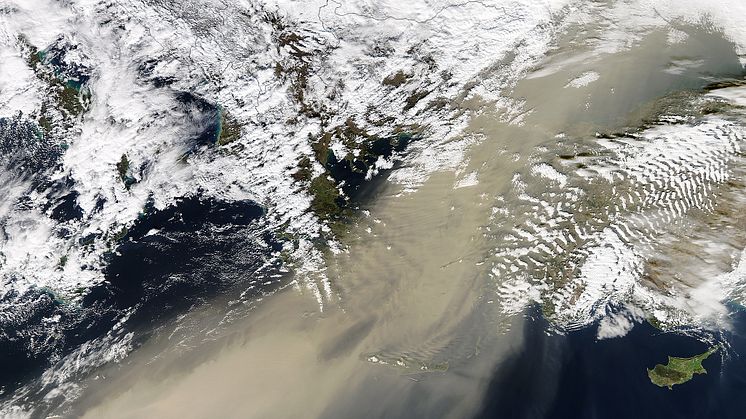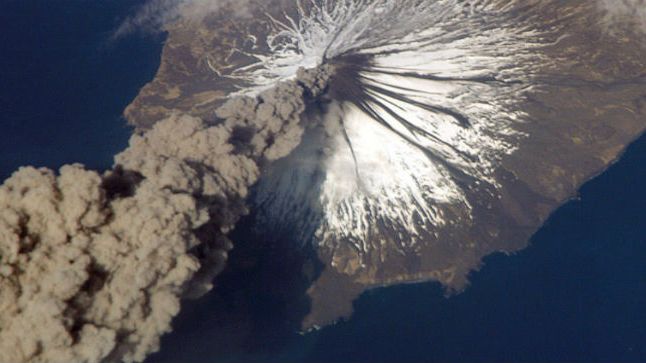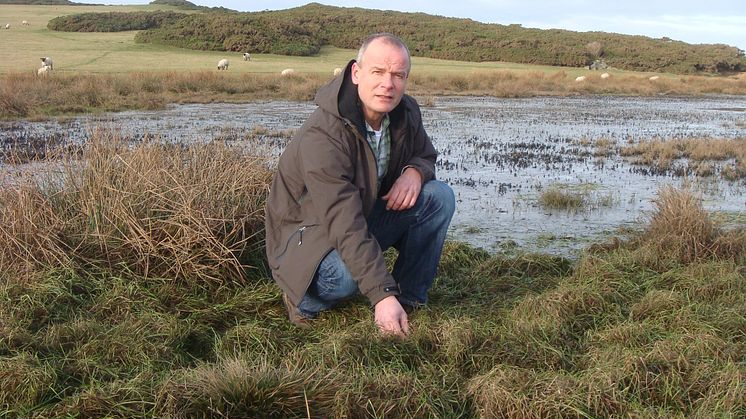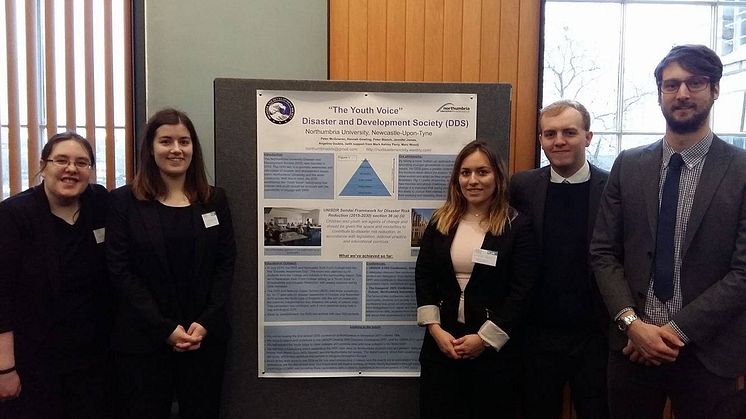
Press release -
Northumbria research unlocks secrets of the Sahara
A peat bog in Romania provides a new insight into our knowledge of when the Sahara began to transform from grassland into the desert we know today, and the impact this had on dust deposition within Eastern Europe.
Using carbon dating and chemical analysis, researchers from Northumbria University, Newcastle have shown that significant changes in dust levels occurred in Romania around 6,100 years ago, despite the climate in Eastern Europe being relatively wet at this time, indicative of an extraregional source of such dust, most likely to be from the Sahara.
This discovery is valuable new evidence of the impact changes in the climate and vegetation of North Africa may have on dust in Europe and may allow climate modellers to better understand the movement of dust and the impact of desertification, both in the past and the future.
The research was led by Jack Longman, a Geography PhD student at Northumbria. His resulting paper, Periodic input of dust over the Eastern Carpathians during the Holocene linked with Saharan desertification and human impact, has now been published in the journal Climate of the Past and is one of just 29 ‘highlight’ papers selected by the journal as being of particular scientific interest.
Jack said: “We know that as recently as 6,000 years ago, what is now the vast, dusty and uninhabited Saharan desert was covered in lush grassland. However, the end of this period has been subject to much discussion, both with regards to its timing and its impact on the environment.
“To investigate the impact such a large climatic and environmental shift had on Europe, we analysed the elemental makeup of a peat bog in the Eastern Carpathians, Romania. Such bogs form slowly over thousands of years, with each new layer being deposited on top of the previous, trapping the chemical, and organic signature of that precise time period within it.
“Using carbon dating, the age of the bog was determined, allowing us to look back at the conditions which occurred at the time each layer formed. A core of almost 10 metres of peat sediment was recovered, representing nearly 11,000 years of deposition.”
Jack and his team analysed peat from different periods in time, looking specifically for higher levels of titanium, potassium and silicon – all chemical elements associated with higher levels of dust within the peat.
In addition, they also counted the numbers of various types of single-celled organisms called testate amoebae, whose population changes depending on the amount of water in the bog, giving an indication of how wet or dry the climate was during different periods.
Combining this information allowed the team to determine when dust from the Sahara began to land in Romania. As Jack explains: “Between 10,800 and 6,100 years ago, the number of testate amoeba present appears to be in sync with the amount of dust recorded, indicating that the dust is likely to be related to local droughts and soil erosion. However, for the past 6,100 years the number of testate amoebae present show the bog was constantly wet, despite numerous large dust deposits during this time.
“We also saw that over the last 6,100 years the dust has contained higher levels of titanium, which suggests a major shift from a local source to one which appears Saharan in origin. The amount of dust recorded in the bog also shifts around this time, with much more deposited in the last 6,100 years than previously.”
Between approximately 14,000 B.C. and 4,000 B.C. the climate in the Sahara was warm and humid due to higher levels of incoming solar radiation which modified the location of the African monsoon – a period known as the African Humid Period.
Today, the Sahara is the largest hot desert in the world, covering an area of 9.2 million square kilometres. Dust from the area has been deposited as far as the Caribbean and the Amazon basin and can affect air temperatures, cause ocean cooling, and alter rainfall amounts.
Jack added: “Dust is one of the most important aerosols for both the climate and the biology of an environment, and so understanding the amount of dust produced, and the distance and direction it travels is vital to allow us to understand its effect better.”
Working alongside Jack to conduct the research was Senior Lecturer Dr Vasile Ersek and Professor of Palaeoecology Ulrich Salzmann, both of Northumbria University, as well as Daniel Veres of the Romanian Academy’s Institute of Speleology, Katalin Hubay of the Hungarian Academy of Science and Marc Bormann, Volker Wennrich and Frank Schäbitz of the University of Cologne.
Northumbria is a specialist in the multidisciplinary research theme Extreme Environments. Academics working in this area explore research questions in environments where life is under threat from the most extreme conditions, from the ice of Antarctica to the surface of the sun. For more about research into Extreme Environments click here.
Topics
Northumbria is a research-rich, business-focused, professional university with a global reputation for academic excellence. To find out more about our courses go to www.northumbria.ac.uk
If you have a media enquiry please contact our Media and Communications team at media.communications@northumbria.ac.uk or call 0191 227 4571.











